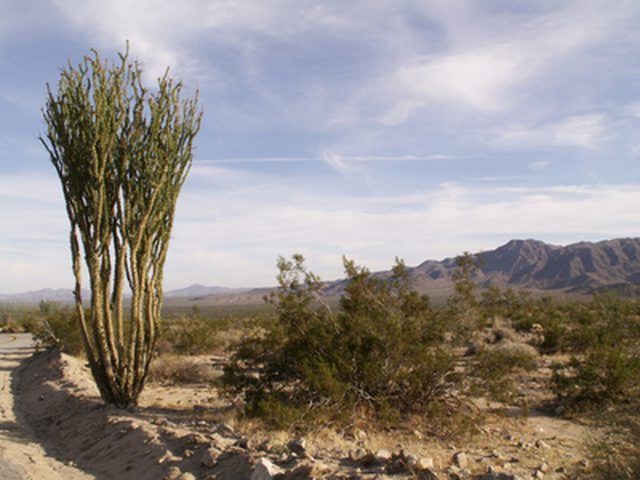Bulbs
Flower Basics
Flower Beds & Specialty Gardens
Flower Garden
Garden Furniture
Garden Gnomes
Garden Seeds
Garden Sheds
Garden Statues
Garden Tools & Supplies
Gardening Basics
Green & Organic
Groundcovers & Vines
Growing Annuals
Growing Basil
Growing Beans
Growing Berries
Growing Blueberries
Growing Cactus
Growing Corn
Growing Cotton
Growing Edibles
Growing Flowers
Growing Garlic
Growing Grapes
Growing Grass
Growing Herbs
Growing Jasmine
Growing Mint
Growing Mushrooms
Orchids
Growing Peanuts
Growing Perennials
Growing Plants
Growing Rosemary
Growing Roses
Growing Strawberries
Growing Sunflowers
Growing Thyme
Growing Tomatoes
Growing Tulips
Growing Vegetables
Herb Basics
Herb Garden
Indoor Growing
Landscaping Basics
Landscaping Patios
Landscaping Plants
Landscaping Shrubs
Landscaping Trees
Landscaping Walks & Pathways
Lawn Basics
Lawn Maintenance
Lawn Mowers
Lawn Ornaments
Lawn Planting
Lawn Tools
Outdoor Growing
Overall Landscape Planning
Pests, Weeds & Problems
Plant Basics
Rock Garden
Rose Garden
Shrubs
Soil
Specialty Gardens
Trees
Vegetable Garden
Yard Maintenance
Desert Shrub Information
Desert Shrub Information. Desert shrubs grow in arid regions of the world that receive 20 inches of rainfall. Shrubs grow in the world’s great hot deserts including the Sahara, Sonora, Mojave and Great Australian, as well as in the cold deserts near the Arctic. The plants must adapt to extreme temperatures to survive.

Desert shrubs grow in arid regions of the world that receive 20 inches of rainfall. Shrubs grow in the world’s great hot deserts including the Sahara, Sonora, Mojave and Great Australian, as well as in the cold deserts near the Arctic. The plants must adapt to extreme temperatures to survive.
Location
Desert shrubs grow in one of four types of deserts—including hot, semi-arid, coastal and cold. In the hot and dry desert, the shrubs hug the ground, using their leaves to conserve water. These plants provide shade for small mammals and birds. In the semi-arid desert, sagebrush and other types of bushes grow that provide shelter for small animals. Along the coastal desert, the shrubs grow roots that stay very close to the surface so they can soak up rain. In the cold desert, the bushes grow as deciduous plants to take advantage of the short summer-growing season before losing their leaves until the following spring.
Types
A variety of shrubs grow in the desert including tumbleweed, a symbol of the American western deserts, most commonly seen when wind pushes the round, dry balls across the landscape. Brittle bush grows in the Mojave and Sonoran deserts where it produces beautiful yellow flowers in the spring. Other bushes include turpentine bush, creosote and prickly pears. In the cold deserts, shrubs grow very close to the ground and include several types of willows.
Climate
While the climate in deserts varies in temperature, the minimal amount of rainfall remains the desert’s most common characteristic. Desert climates stay dry because the air coming down from high-pressure zones gets heated from the hot ground before it can turn into rain. A range of hot and cold temperatures also causes shrubs to adapt. In the hot and dry desert, shrubs must deal with warm days and soaring summer temperatures. In the semi-arid desert, the climate consists of hot, dry summers and mild winters. Coastal deserts feature hot summers and cool winters with temperatures dropping down to freezing. Shrubs in the cold desert must deal with lots of snow in the winter and cool, short summers.
Adaptations
The lack of rainfall in the desert causes the shrubs to adapt with specialized vegetation to take advantage of every drop of water. Adaptations include using dew for moisture and getting water through their leaves and stems. Some shrubs also grow very shallow roots to take advantage of rain, while also relying on a long tap root to reach down to water stored in the ground.
Benefits
Wildlife, including small mammals and birds, rely on desert shrubs for food and shelter. In deserts with few or no trees, animals rely on the bushes for shade from the hottest part of the day. Aboriginal people rely on the shrubs for food and medicine.